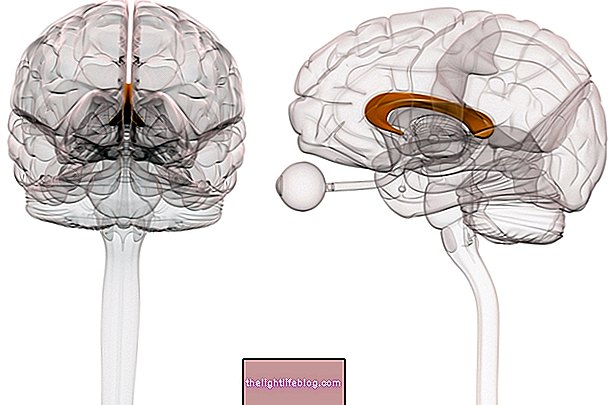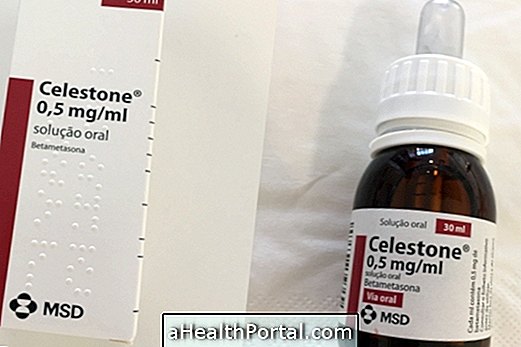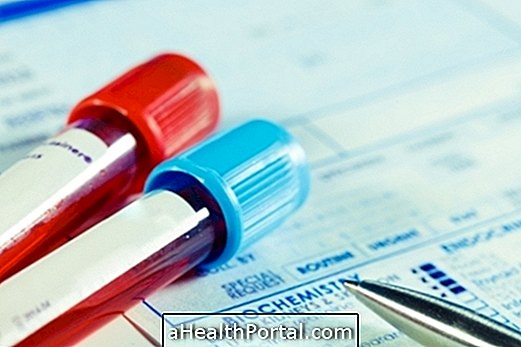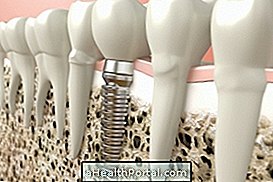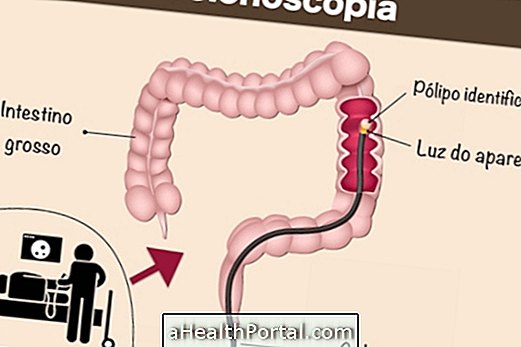The ribs are bones that make up the rib cage, along with the sternum, the vertebrae of the spine and the costal cartilages, being very important to protect organs like lungs, heart, aorta, trachea and esophagus. Like any bone, they can be targets of fractures, which can cause intense pain, difficulties in breathing and injuries to internal organs.
The main cause of fracture or fissure in the ribs is trauma, caused by car accidents, aggressions or sports in adults and young people, or falls, more common in the elderly. Other possible causes include bone weakening from osteoporosis, localized tumor in the rib or stress fracture that occurs in people who make repetitive movements or exercises without proper preparation or in an excessive way.
In order to treat the chest fracture, the doctor will usually indicate pain medications to relieve pain, as well as rest and physical therapy. Surgery is indicated only in some cases in which there is no improvement with the initial treatment, or when the fracture causes severe injuries, including perforation of the lungs or other viscera of the chest.
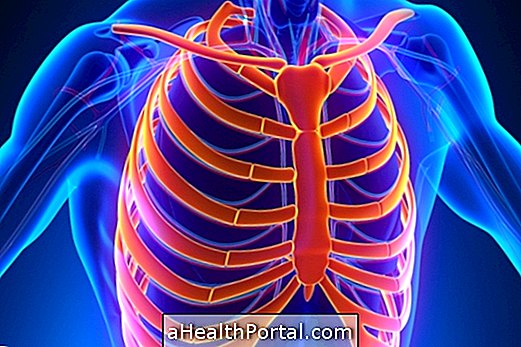
Main symptoms
The most common symptoms in a rib fracture include:
- Pain in the chest, which worsens with breathing or palpation of the chest;
- Respiratory distress;
- Bruising in the chest;
- Deformity in the costal arcs;
- Creping sounds during palpation of the thorax.
The fracture of the rib is usually not severe, but in some cases it may cause perforation of the lungs and other organs and blood vessels of the thorax. This is a concern because it can cause life-threatening bleeding, so a rapid medical evaluation and initiation of treatment is necessary.
How to confirm
The diagnosis of a fracture in the chest is made by the physical evaluation of the doctor, who may also request tests such as chest radiography to identify the sites of the injury and observe other complications such as bleeding (hemothorax), air leak from the lung to the chest (pneumothorax ), pulmonary contusion or aortic lesions, for example.
Other tests that may also be done are chest ultrasound, which can more accurately identify complications such as air leakage and bleeding. Chest tomography can be done when there are still doubts about the lesions in patients at higher risk and in patients with indication of surgery.

How is the treatment done?
The main way to treat costal artery fractures is with conservative treatment, ie only with pain relieving drugs such as Dipyrone, Paracetamol, Ibuprofen, Ketoprofen, Tramadol or Codeine, for example, as well as rest body will heal the injury.
In cases of severe pain, it is possible to make injections, called blockages with anesthesia, to relieve pain. Surgery is not usually indicated routinely, however, it may be necessary for more severe cases, where there are severe bleeding or compromising of thoracic cavity organs.
Physical therapy is also very important because exercises are indicated that help maintain the muscular strength and amplitude of the joints of the chest, as well as breathing exercises that help to find better ways to expand the thorax.
What are the causes
The main causes of fracture in the rib are:
- Injuries to the chest due to automobile accidents, falls, sports or aggression;
- Situations that cause repetitive impacts on the ribs, due to coughing, in sportsmen or during work with repetitive movements;
- Tumor or metastasis in the bones.
People with osteoporosis have a higher risk of developing fractures in the rib, as this disease causes bone weakness and can cause fractures even without impact.







